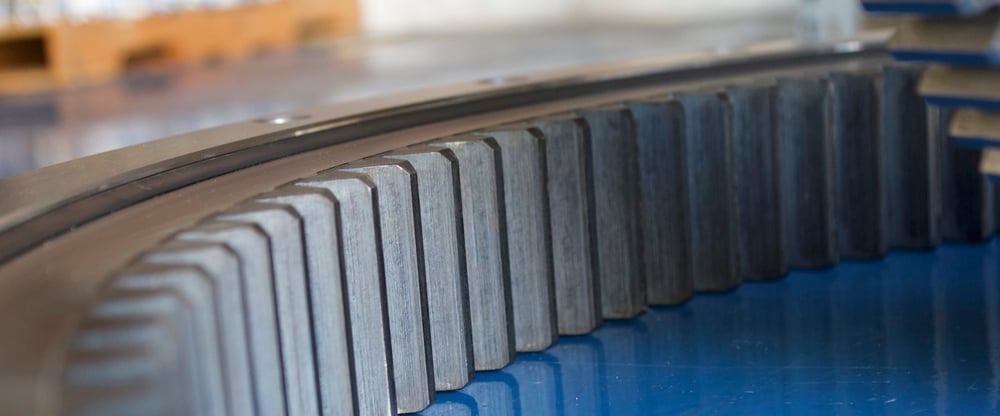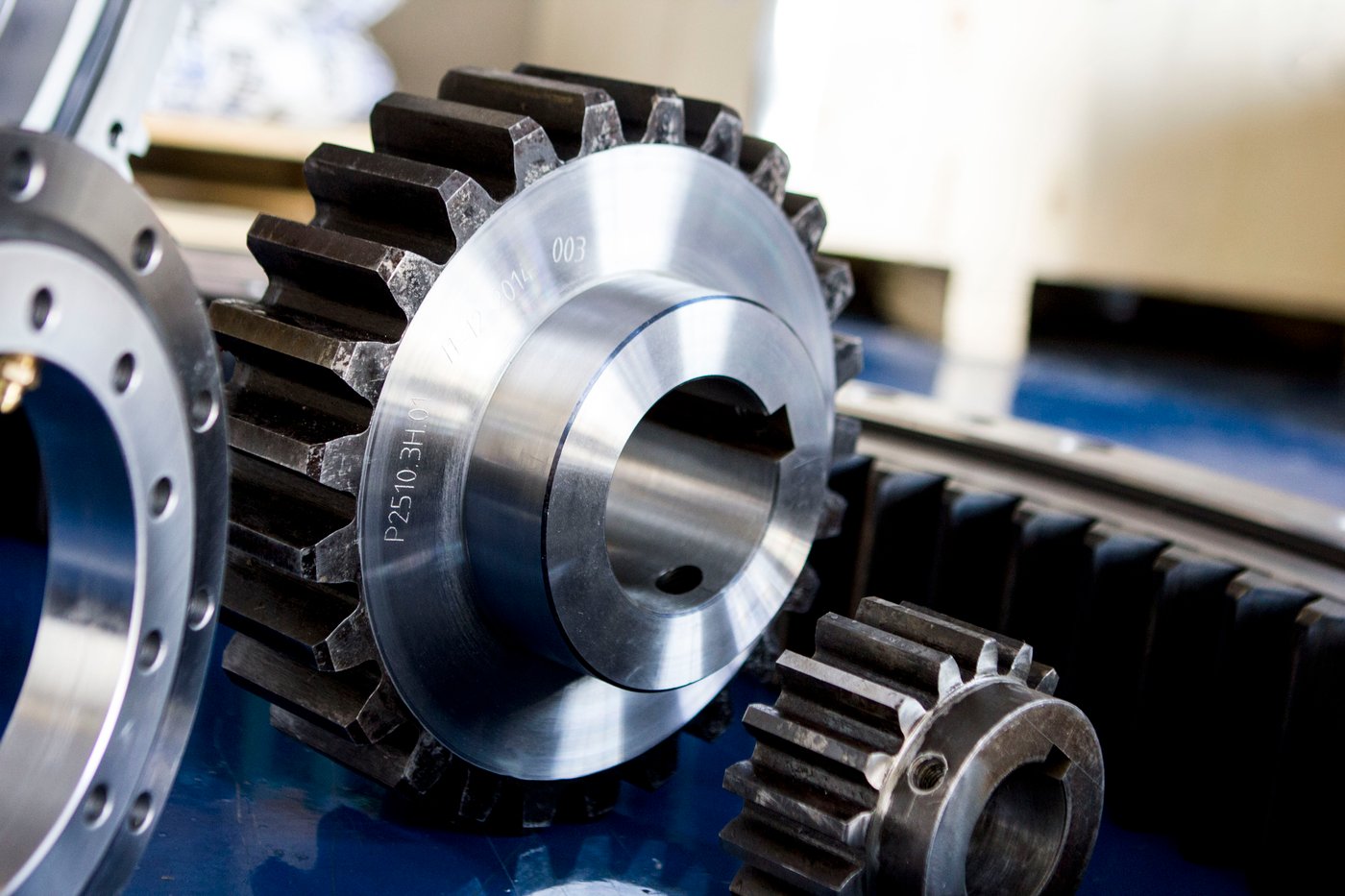Slewing ring bearings are critical components in heavy equipment, such as cranes, excavators, and wind turbines. Proper installation and maintenance of these bearings can significantly extend their lifespan and improve overall equipment performance. Here are some best practices to consider:
Installation:
- Follow manufacturer guidelines: Always follow the installation guidelines provided by the manufacturer. These guidelines will typically include torque specifications, recommended lubrication, and other critical factors.
- Proper handling: Slewing ring bearings are large and heavy, so proper handling is crucial to avoid damage during installation. Use lifting equipment and follow safe handling procedures to prevent drops or impacts.
- Correct alignment: Ensure that the slewing ring bearing is properly aligned with the mating components to avoid excessive load, misalignment, or wear. Misalignment can cause early bearing failure, so use precision measurement tools and techniques to achieve accurate alignment.
- Lubrication: Proper lubrication is critical to ensure the longevity and performance of slewing ring bearings. Use the recommended lubricant and follow the manufacturer's recommendations for application frequency and quantity.
Maintenance:
- Inspection: Regular inspections of slewing ring bearings can help detect early signs of wear or damage. Inspect the bearing surfaces, raceways, and seals for signs of wear, pitting, or corrosion. Also, check for proper lubrication and any signs of contamination.
- Lubrication: Maintain proper lubrication by following the manufacturer's recommendations for lubricant type, quantity, and application frequency. Avoid over-lubrication, which can lead to excess heat generation and premature wear.
- Cleaning: Keep the bearing surfaces and raceways clean and free of debris or contaminants. Use proper cleaning procedures and avoid using solvents or cleaners that could damage the bearing.
- Replacement: If the bearing shows signs of significant wear or damage, it may be necessary to replace it. Follow the manufacturer's recommendations for replacement and ensure proper handling, installation, and lubrication of the new bearing.
By following these best practices, you can ensure the proper installation and maintenance of slewing ring bearings, resulting in improved performance and longer lifespan for your heavy equipment.
For more assistance, please contact our application engineers. www.slewpro.com
#slewingringbearings #Slewpro #BestPractices




